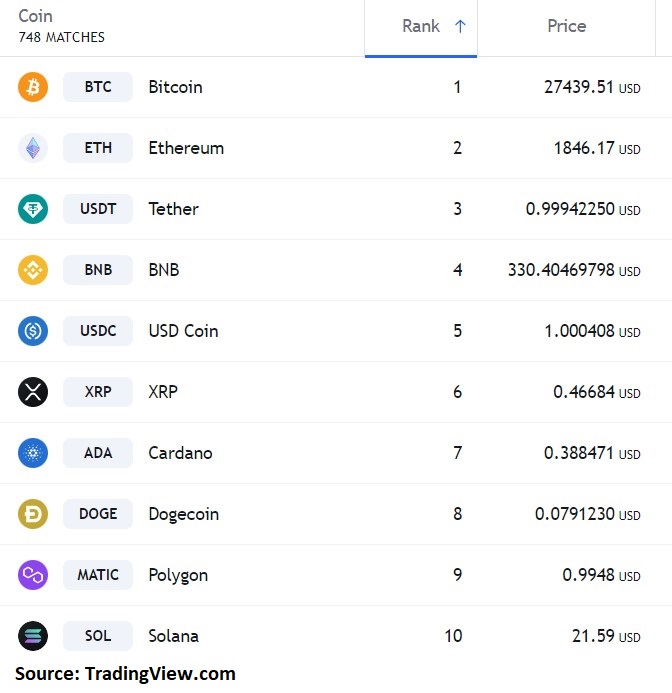
2018-8-18 22:00 |
The belief that cryptocurrencies have a correlation to traditional markets may be leading amateur investors down the wrong path putting their portfolio at risk.
Cryptocurrency Not Inversely Correlated to Larger MarketsThere’s been plenty of discussion on whether Bitcoin and other cryptocurrencies are correlated to commodities and larger financial markets. And while there is yet to be a definitive answer to this question, it is clear that cryptocurrencies tend to follow their own path.
Plenty of financial gurus and novice investors suggest that a properly diversified portfolio would contain a fractional amount of cryptocurrency. To date, the exact amount varies with some suggesting no more than 2% of the total portfolio value, while a recent Yale study suggests as much as 6%.
The logic behind this advice lies in the conventional practice that every solid portfolio includes a small percentage of high-risk assets along with the belief that cryptocurrencies are uncorrelated to traditional assets, which in theory should provide a bit of padding during general market volatility.
This week’s positive performance from Bitcoin 00 serves as proof of the aforementioned practice. But how could one forget that the overall cryptocurrency market is down significantly as the $830 billion market capitalization of December 2017 currently rests at $207, according to data from CoinMarketCap.
This calls into question the assumption of non-correlation as cryptocurrency markets have steadily sunk to new yearly lows during wider market sell-offs.
It’s All About DiversityIn a recent interview with Bloomberg, Bitwise Asset Management Inc. Vice President, Matt Hougan suggested that “Non-correlation is not the same as inverse correlation so there’s no guarantee that when the market goes down crypto will go up.”
Hougan believes that “over the long term, we think the fundamental drivers of crypto are different from the fundamental driver of equities and other assets, and we would expect the lower correlation to persist.”
A number of financial experts suggest that amateur cryptocurrency investors are assuming there is an inverse correlation between cryptocurrencies and traditional markets as they attempt to connect geopolitical events such as a currency crisis, tariff war or political instability, to their predicted positive impact on cryptocurrency price. But so far this assumption has yet to become fact.
In fact, studies have shown that when a scale between 1 and -1 is applied, Bitcoin hardly ever moves beyond 0.5, which shows that bitcoin’s price action is hardly linked or impacted by events taking place in larger financial markets.
Are Altcoins Too Unstable to Hodl?While a diversified cryptocurrency portfolio or even a traditional asset portfolio with some cryptocurrency allocations would have provided stellar returns in 2017, this strategy may not be the most effective for 2018 and beyond, especially for investors who only invest in cryptocurrencies.
The fact that Bitcoin is closely correlated to other cryptocurrencies means that altcoins are less likely to decouple or diverge from Bitcoin price action. This is exactly why heaps of altcoins are dipping below yearly lows while Bitcoin whipsaws between unpredictable gains and losses. At the same time, Bitcoin dominance has been rising in 2018 to over 50%.
After an incredibly rough year for cryptocurrencies, investors might reconsider whether or not building a ‘hodl portfolio’ is the wisest idea. To wit, the future of many small altcoins is uncertain and an increasing number of studies are beginning to show that Bitcoin and larger financial markets are not inversely correlated.
Do you think Bitcoin and other cryptocurrencies are inversely correlated with larger financial markets? Share your thoughts below!
Images courtesy of Shutterstock
The post Bitcoin’s Non-Correlation Shows Risk of Diversifying Cryptocurrencies appeared first on Bitcoinist.com.
origin »Bitcoin (BTC) на Currencies.ru
|
|























